How Llanelli avoided flooding during Storm Callum
- Published
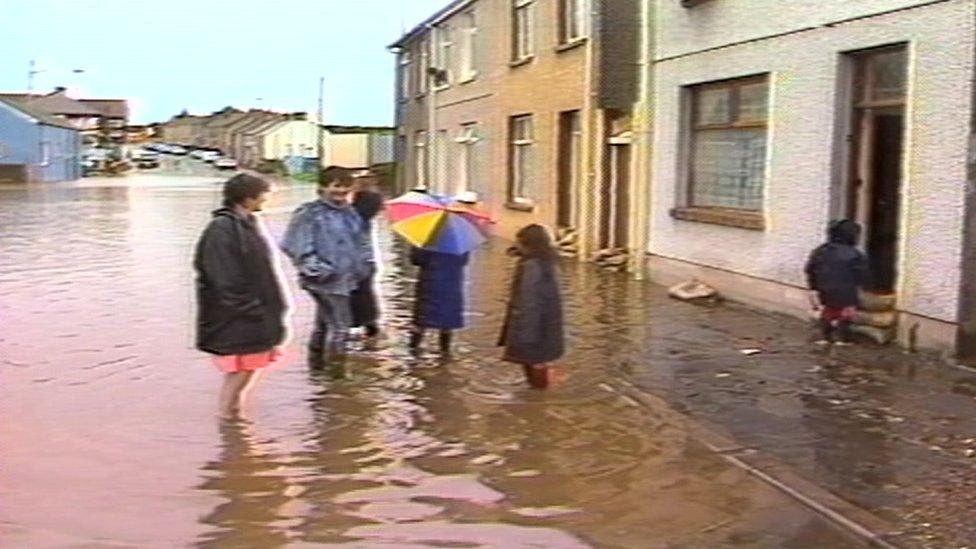
Houses in Llanelli suffered flooding on numerous occasions before the work was carried out
It was the worst flooding seen for 30 years - but while all around were knee-deep in water, one town escaped.
A 21-year-old man was killed in a nearby landslip, homes were flooded while transport was severely disrupted because of the amount of rain.
But amid October's deluge, one town kept its properties above water despite its Victorian drainage system.
Llanelli's new £95m anti-flood scheme has been hailed as the saviour that protected the Carmarthenshire town.
Before the scheme was introduced, during times of heavy rain, the excess water gushed into the antiquated drainage system, causing flood water to become contaminated with sewage.
This often meant that - as in the 2010 storms - that sewage water would back up in homes, causing severe damage.
But a new project, known as RainScape, was introduced in 2013 which uses a series of shallow basins, channels and porous paving to help divert flood water away from the sewerage system.
It does this by separating rain water from the existing system, slowing it down and redirecting it to local rivers and watercourses or into the soil.
As a result, not a single home in the town was flooded, despite nearby Carmarthen being badly affected.

The new £95m flood alleviation scheme has prevented scenes such as this in Llanelli
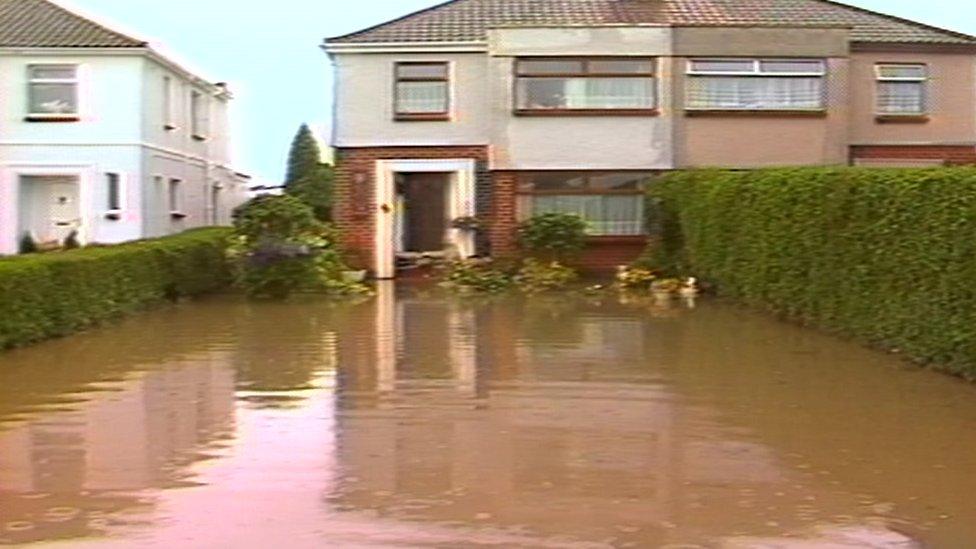
Houses in Llanelli were flooded numerous times before the project was finished
Computer modelling from Welsh Water shows that, were it not for RainScape, it was likely more than 100 homes would have been flooded.
"We have had a history of sewer flooding listed on our risk register in Llanelli," said Teresa O'Neill, of Welsh Water.
"Llanelli has a combined-sewer system, collecting water from inside homes, as well as rainwater from roads and roofs.
"Now the climate is changing and it rains more heavily and more often, sometimes our sewers can't cope when this happens."
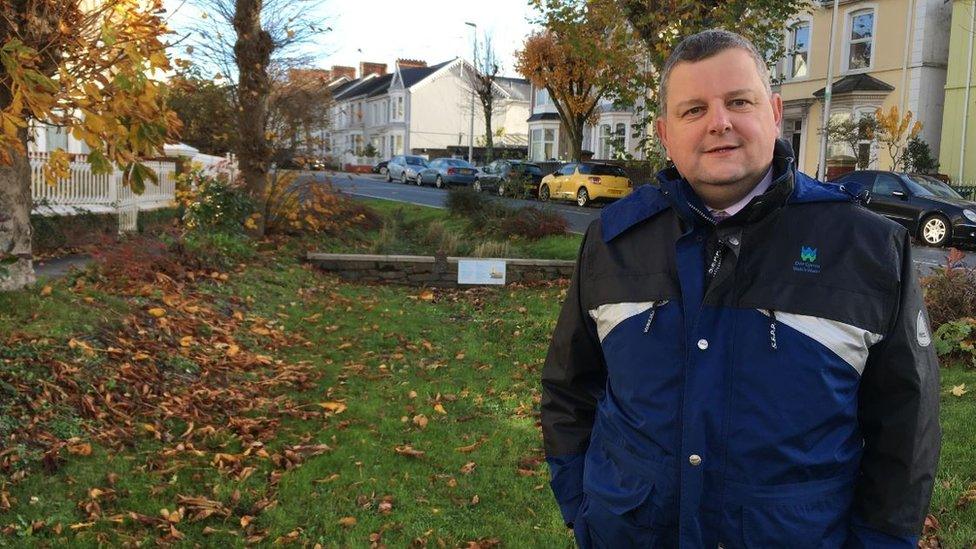
Steve Wilson, managing director of waste water services at Welsh Water, in front of one of the "planters" used in the flood defences
The project follows examples in the Swedish city of Malmo and Portland in the USA.
It uses computer-based modelling - and records of previous flooding events - to predict where flooding was most likely to occur and sought to intervene.
In Storm Callum, Welsh Water say it saw off 1,690 tonnes of flood water and stopped it from reaching the sewerage system.
Properties in areas that commonly flood, such as Dafen and Pemberton, also remained dry.
"The RainScape scheme has been developed in recognition of the geography of Llanelli, with steep slopes coming down onto a narrow coastal strip, meaning we are susceptible to surface water," said local MP Nia Griffith,
It is now likely to be tested again as Storm Diana hits west Wales.
"Now that this huge investment has been made, the planning committee of Carmarthenshire County Council needs to take the utmost care not to grant planning permission to developments that could flood or could increase the risk of flooding to the surrounding area," added Ms Griffith.
From January 2019, it will be a legal requirement for all new developments in Wales to have sustainable urban drainage schemes and the country's second system will be put in place in Grangetown in Cardiff.
Eye on Wales is on BBC Radio Wales at 18:30 BST on Sunday
- Published18 February 2014
- Published14 February 2014
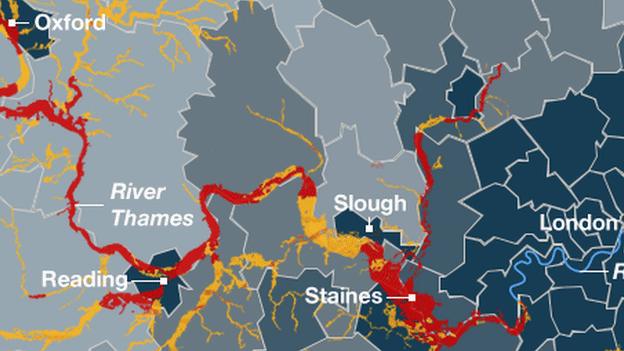
- Published27 November 2018

- Published24 November 2018

- Published16 September 2020
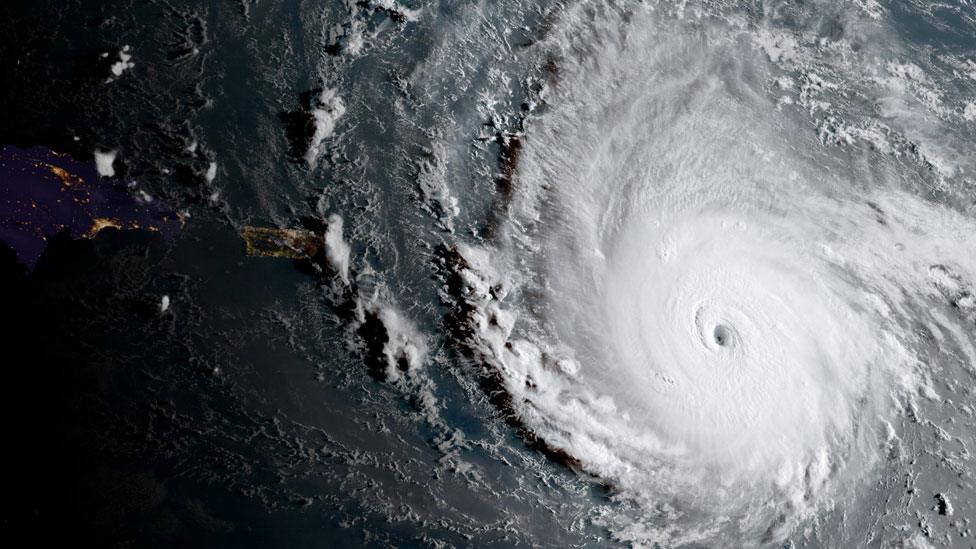
- Published26 June 2010